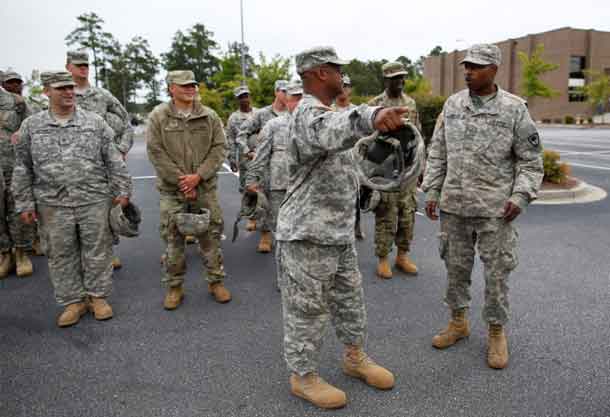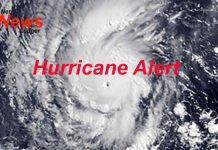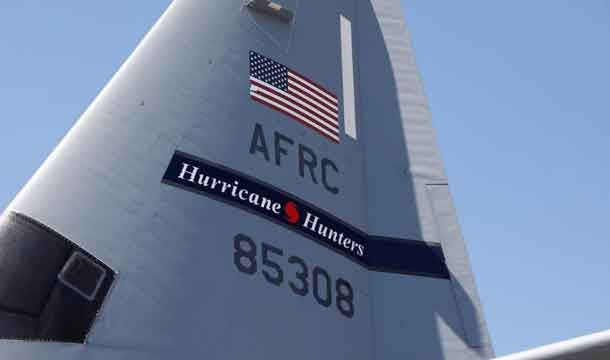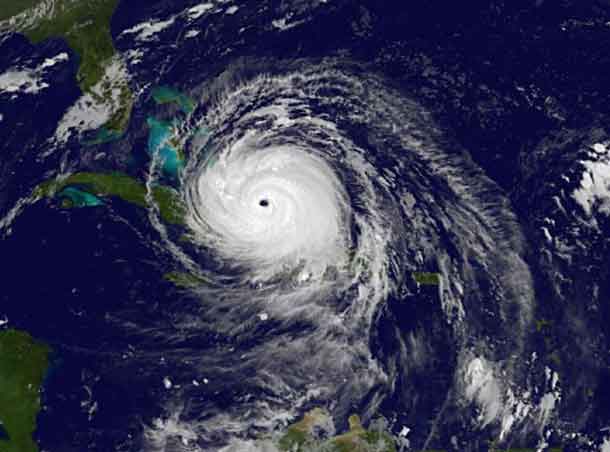

TAMPA, Fla. (Reuters) – Acting on lessons learnt from the botched response to Hurricane Katrina in 2005, government authorities this week rushed to get aid to states in Hurricane Matthew’s path, from drinking water and generators to helicopters and emergency planning experts.
After Katrina struck New Orleans and other parts of the U.S. Gulf Coast, local residents suffered for days with little help as the devastating hurricane exposed glaring failures in U.S. readiness for natural disasters. In the decade since, emergency planners have sought to adopt a forward-looking approach.
“Instead of waiting to see how bad the storm is, they are being proactive in bringing in as many resources as possible early on, and then they can right-size the resources later,” said Trina Sheets, executive director of the National Emergency Management Association, a group representing state emergency management directors.
The group runs a programme called the Emergency Management Assistance Compact that enables states to request assistance from each other. As Matthew slammed Florida on Friday, en route to Georgia and South Carolina, the compact was helping to mobilize aid from more than a dozen states to the states threatened by the hurricane.
At the request of the states affected by Matthew, teams from Pennsylvania to California were deploying experts in fields ranging from dealing with environmental debris to assessing structural damage.
Florida was set to get military helicopters from neighbouring Alabama, which also was sending teams able to set up shelters for people with medical needs. South Carolina was bolstering search-and-rescue capacity with staff and equipment from North Carolina.
‘GO BIG AND GO EARLY’
In advance of Matthew’s arrival, the U.S. Federal Emergency Management Agency (FEMA) said it had 444,000 litres of water and more than 513,000 meals, plus thousands of cots and blankets, ready to go out from support bases near the affected coastline.
“The one thing you don’t get back during a disaster response is time,” FEMA spokesman Rafael Lemaitre said. “Our philosophy is to go big and go early, and we can always scale back when we need to.”
Lemaitre said enactment of legislation that enabled FEMA to deploy resources to an area in advance of disaster provided one of the agency’s most important reforms after its slow response to Katrina drew wide criticism.
FEMA also began moving early when Superstorm Sandy hit the northeastern United States in 2012 and in this year’s flooding in Louisiana, Lemaitre said.
Nonprofit aid groups now follow the same playbook. Save the Children, which works internationally on youth-safety efforts after major disasters, landed in Florida a day ahead of Matthew’s arrival.
As the storm raked the state’s east coast, the group’s Florida emergency response team leader, Jeanne-Aimee De Marrais, was driving north right behind it, carrying 80-pound (36 kilo) plastic tubs with toys, games and crafts supplies.
She planned to deposit them at shelters in badly hit areas, aiming to arrive as authorities set up long-term facilities. She said she would advise them to create features like bathrooms designated for families to protect children from potential abuse.
“When Katrina happened, we like most Americans assumed, ‘Well, somebody has the children covered. This is America,'” she said.
Yet when she called authorities in the affected states just before Katrina’s landfall, none could say where their displaced children would be located. Save the Children went in after the storm.
“We realized there was a critical gap,” said De Marrais, now encouraged to see authorities coordinating on behalf of children in Florida and South Carolina. “We’re here already.”
(Additional reporting by Ian Simpson in Washington; Editing by Colleen Jenkins)






